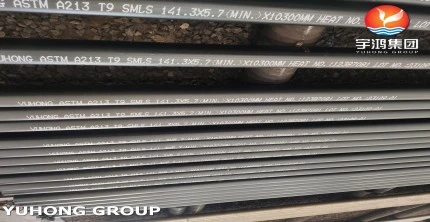Stainless steel tubes have a metallic luster, so installing and using stainless steel tubes can achieve some decorative effects. Nowadays, the application scope of stainless steel tubes is also very wide, which can provide many convenient conditions for people's life and work. However, when fixing and installing stainless steel tubes, welding treatment often needs to be carried out. If the welding method is unreasonable, or the staff does not have some professional literacy, it will not be able to achieve the process purpose. The following is a brief introduction to the welding skills of stainless steel tubes, which should be emphasized during the welding process.
Welding treatment of stainless steel tubes
When carrying out welding treatment of stainless steel tubes, the selection of the power supply is very important. The power supply should use direct current to supply power, and the improper selection of current mode will directly affect the welding effect and is prone to danger. Therefore, before the operation, the staff needs to pay attention to these issues. In addition, when welding, it is necessary to pay attention to whether the wall thickness of the tube is reasonable. The welding operation needs to be carried out within the thickness range of less than six millimeters. This will not affect the appearance of the material after the welding operation, and the welding point will also be relatively small.
When many people carry out welding operations on stainless steel tubes, they often have welding pores. These welding pores have a great impact on the processing effect of the tube material. If there are stains or rust spots on the welding interface of stainless steel tubes, it will affect the processing effect of stainless steel tubes. Therefore, before processing, simple cleaning of materials should be performed before welding. Because stainless steel tubes have unique properties and dedicated input materials, they can achieve the effect of insulation and corrosion resistance.
In general, cold bending and small-diameter tube fittings are used more frequently, and hot bending is generally used in conjunction with large-diameter tube fittings. When bending stainless steel seamless tubes, the outer side is often stretched due to its functional characteristics, while the inner side is compressed. Therefore, the overall effect is thin outside and thick inside. This performance is particularly prominent in fittings with small inner diameters. However, in order to ensure the quality of stainless steel seamless tubes after bending, we often use different bending radii for different inner diameters, which is what we often refer to as reasonable use of fittings bending radius.
Through multiple experiments, it has been proven that the bending radius of stainless steel seamless tubes will be selected according to the nominal diameter. We need to consider various factors such as the wall size and thickness of stainless steel seamless tubes, as well as the filler in the tube. Stainless steel tubes have welds, so after the welding construction is completed, anti-rust or anti-corrosion treatment should be carried out according to the actual situation or external environment of the tubeline to avoid corrosion at the welding seam of the elbow.
Precautions for cleaning the surface of stainless steel tubes
In order to maintain the brightness and cleanliness of the surface of stainless steel tubes, consumers will periodically wash and manage long-term used stainless steel tubes.
Dust and easily removable dirt can be washed with soap, mild detergent, or warm water.
Wash tags and films with warm water and mild detergent.
Adhesive components can be cleaned with alcohol or organic solvents.
Fat, oil, and lubricant pollution can be wiped dry with a soft cloth or paper, and then washed with neutral detergent, ammonia solution, or special cleaning agents.
Immediately rinse bleach and various acids with water, soak in ammonia or neutral soda water, and then wash with neutral detergent or warm water.
Soak organic carbides in hot neutral detergent or ammonia solution, and then wash them with a weak abrasive detergent.

 English
English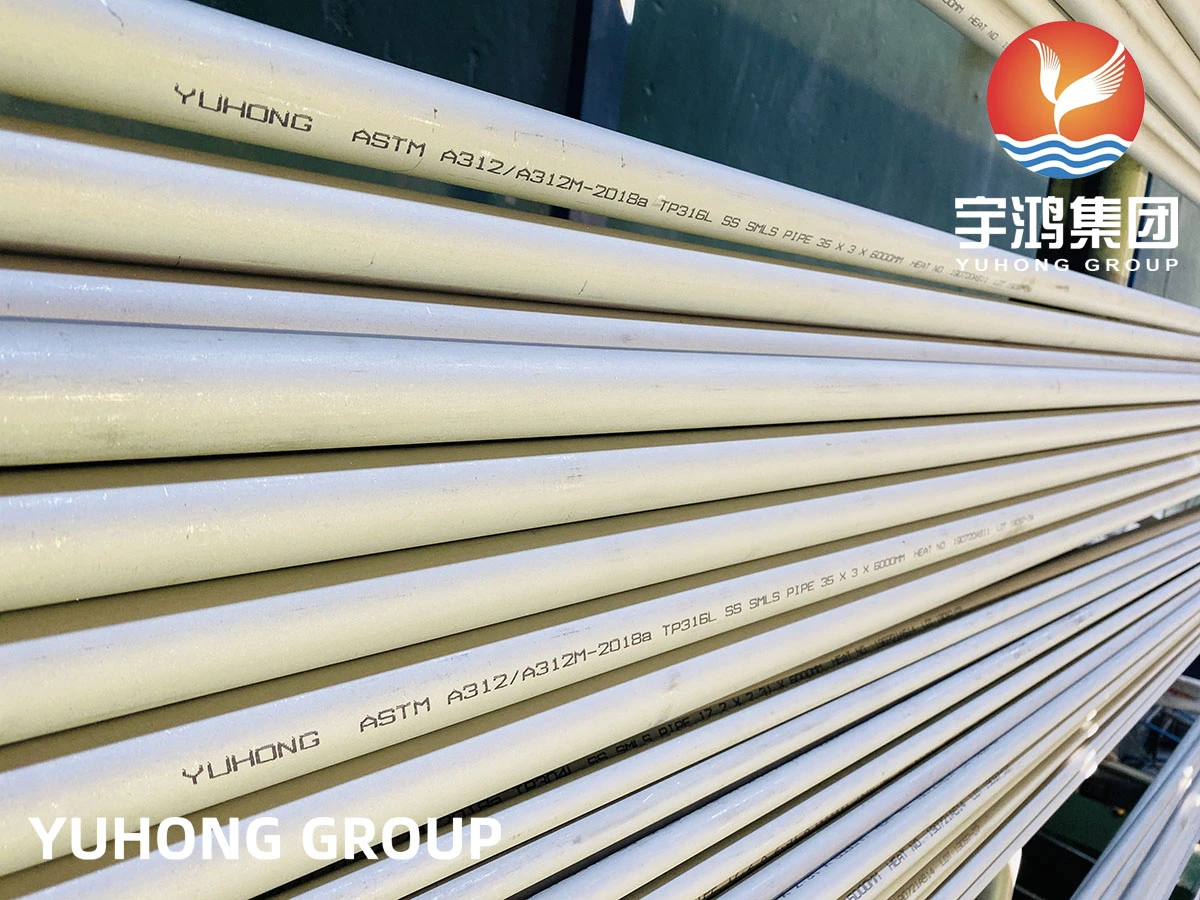
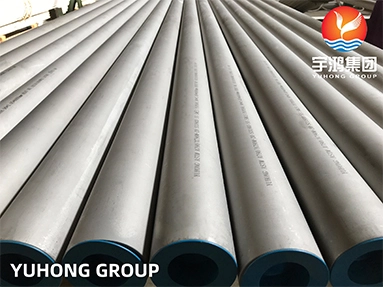
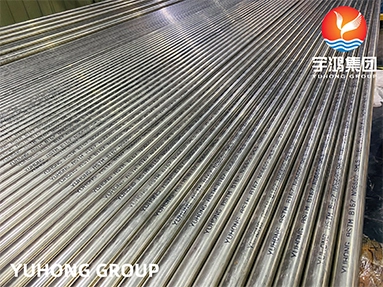
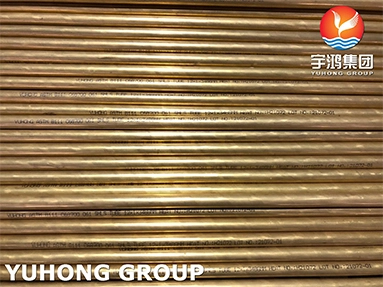
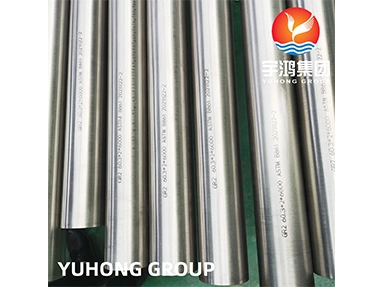
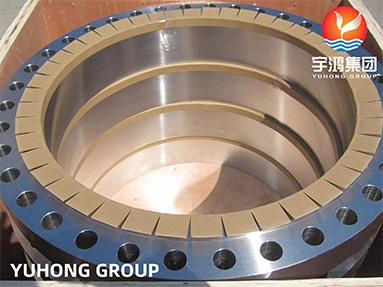
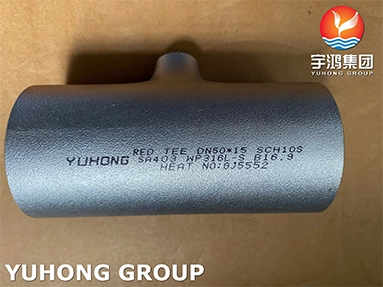
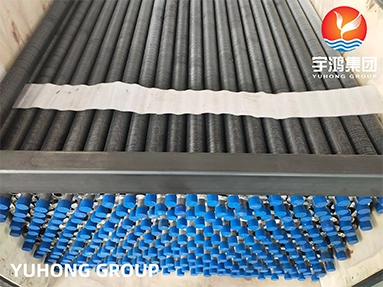
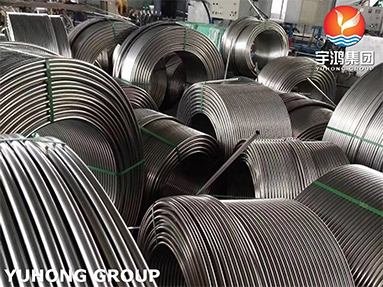


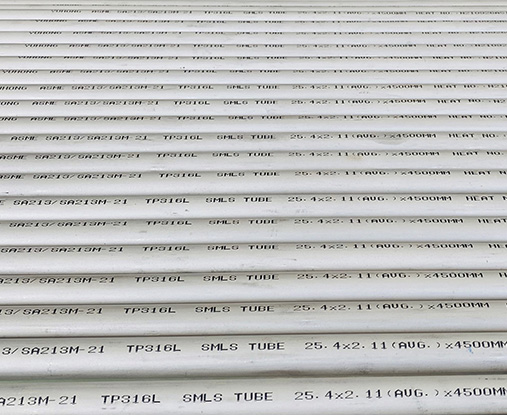
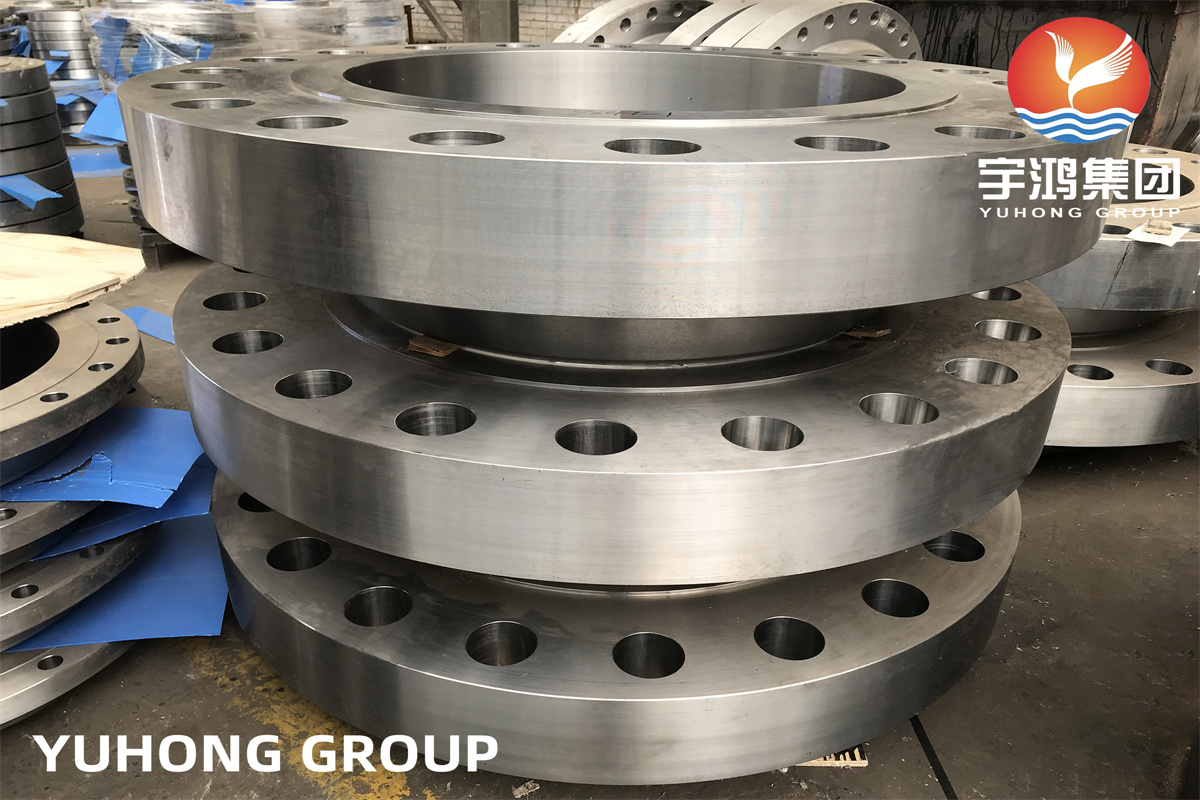
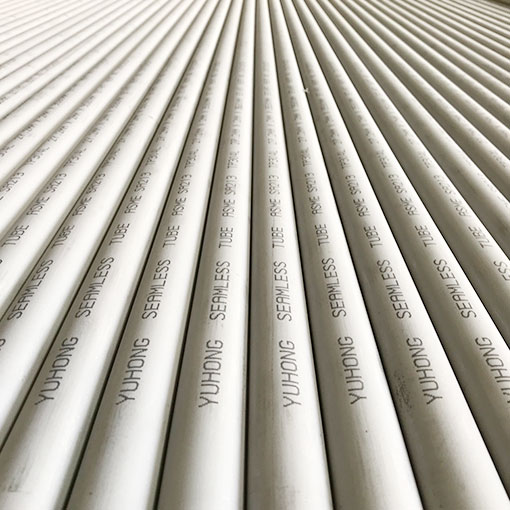
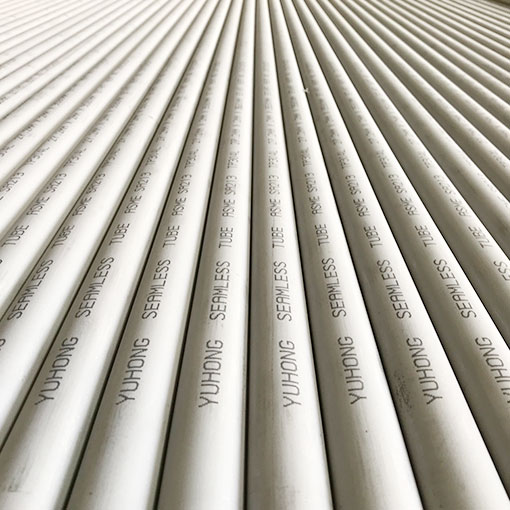
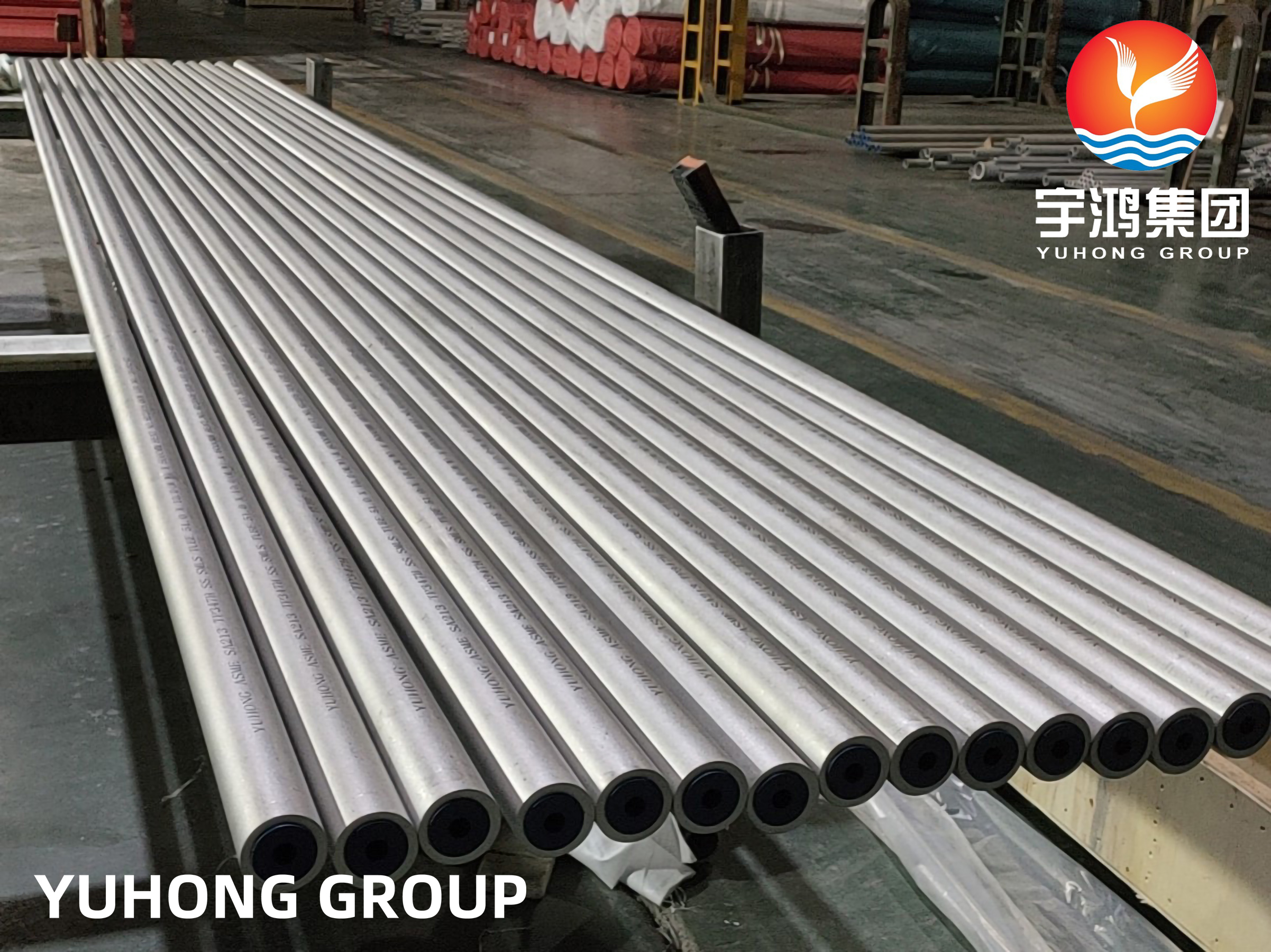
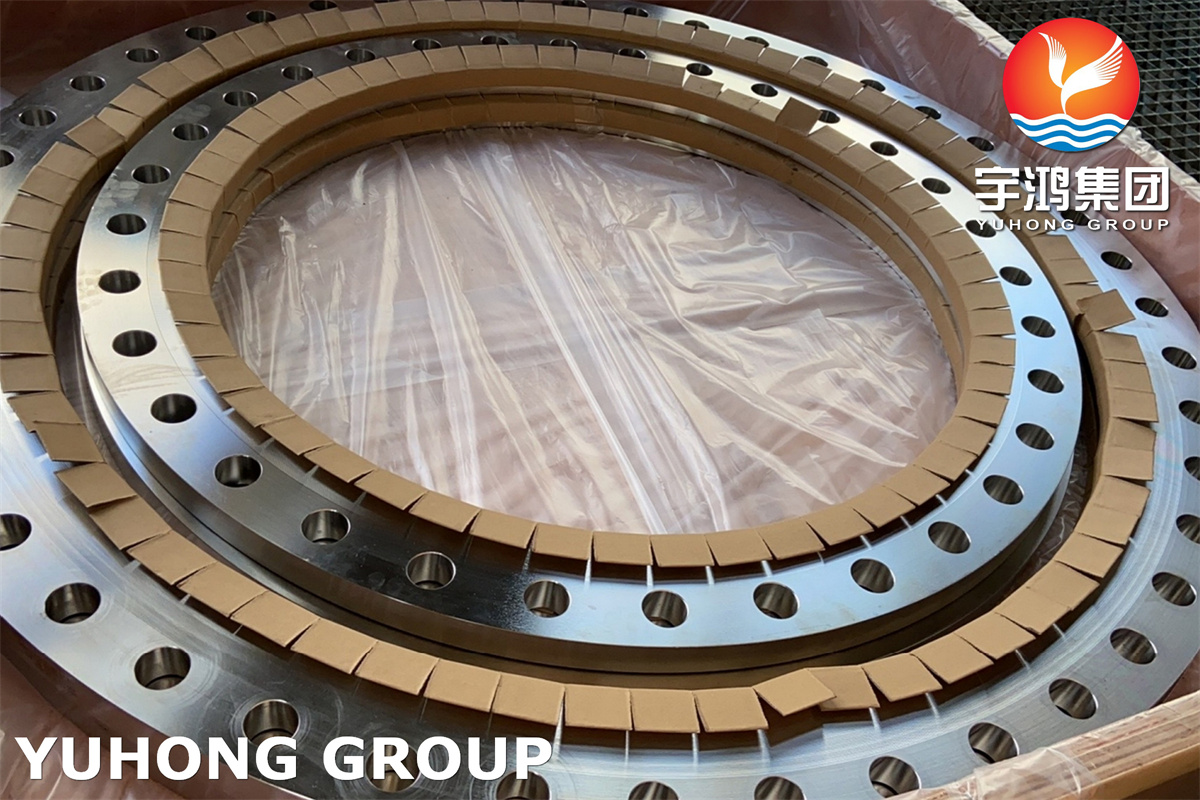
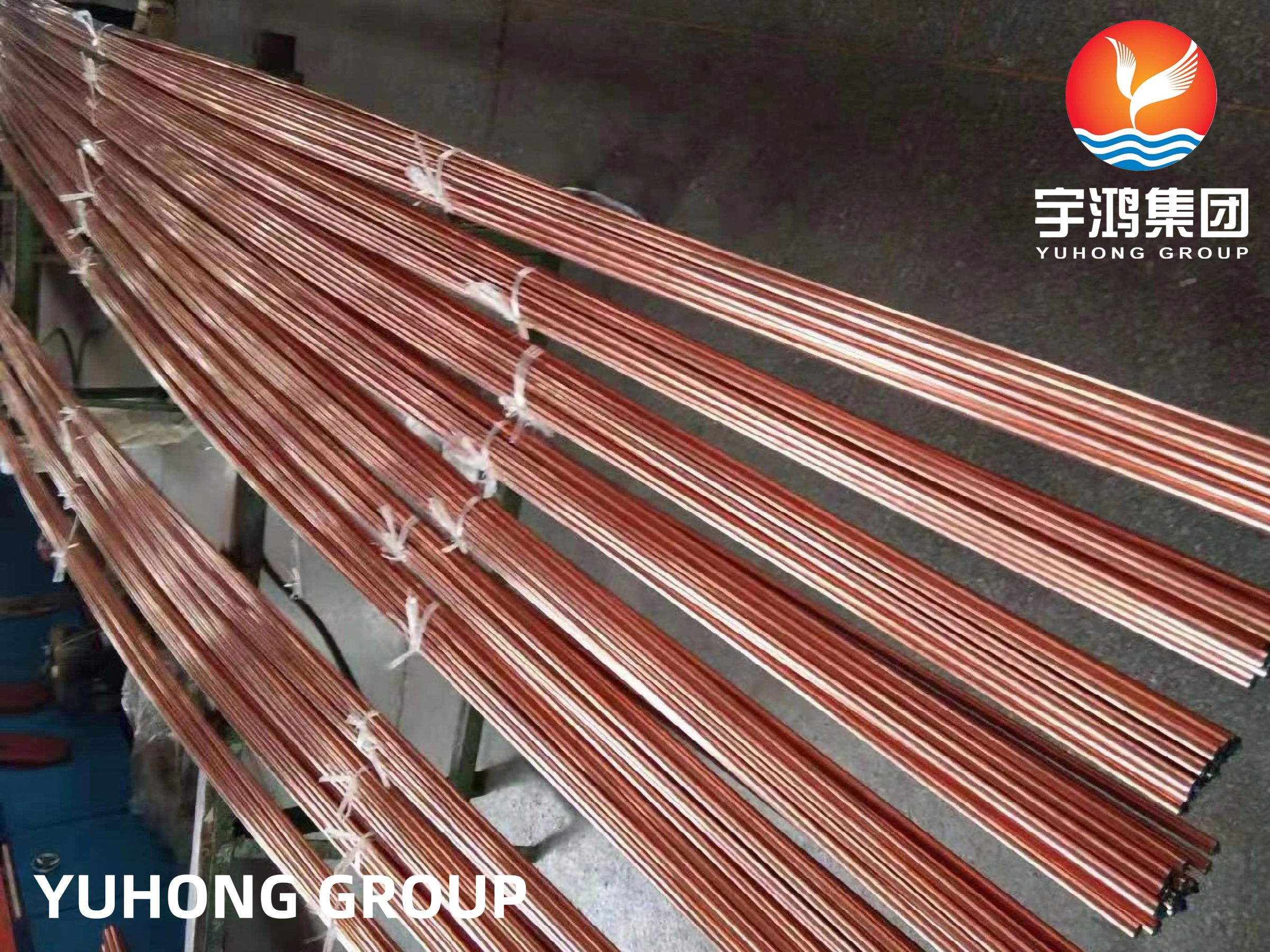
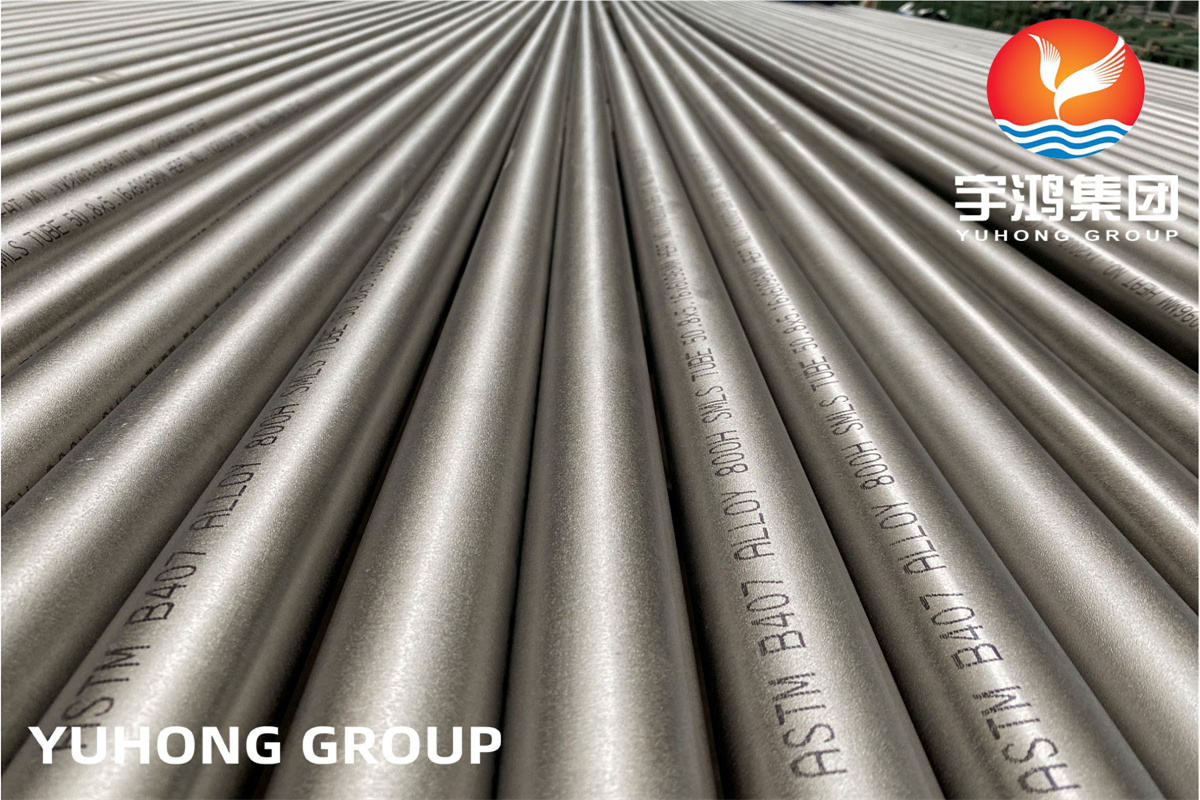
_副本.webp)
_副本_副本.webp)
